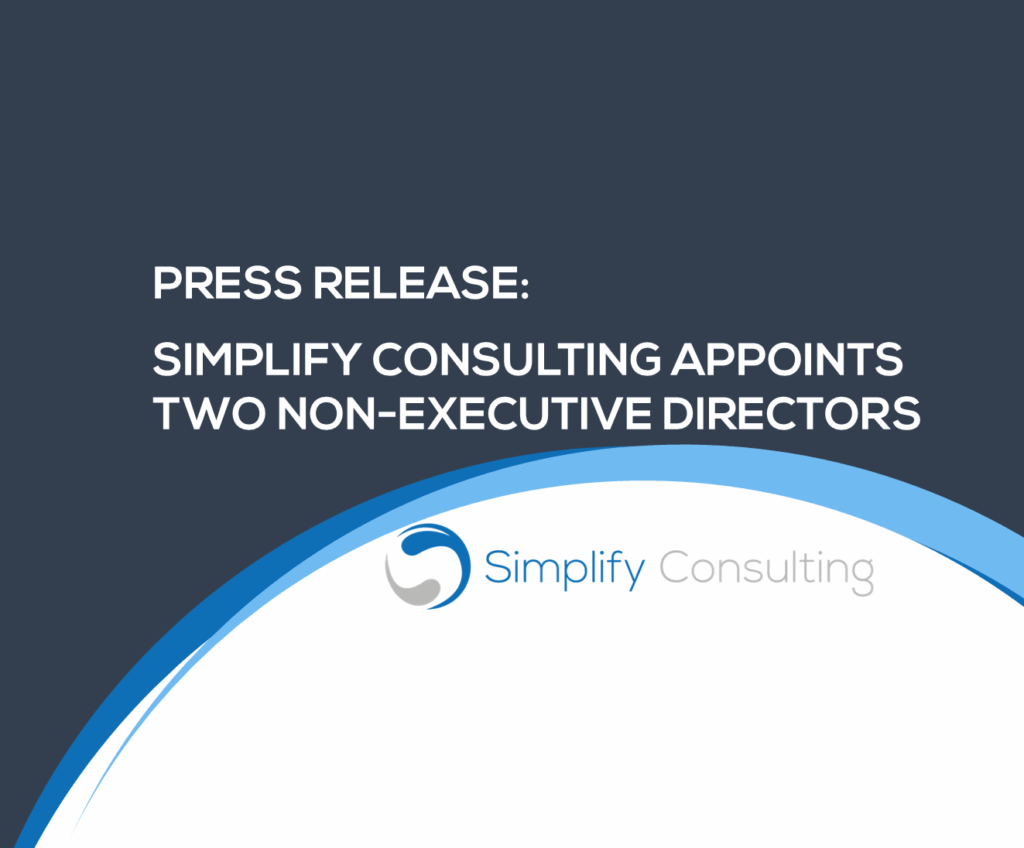The introduction of the Consumer Duty has put increased pressure on wealth firms to ensure robust processes are in place when dealing with complaints as well as prioritising customer care. Whilst complaints have always provided important metrics for firms, it is now mandated that firms understand where outcomes haven’t been right for customers, and complaints are the most direct way of identifying that. Latest findings from the FCA state that in 2023 H2, financial services firms received 1.87m complaints.
Our recent research into how these complaints are dealt with also reveals that procedures across the wealth industry still leave a lot to be desired.
In fact, nearly 1-in-5 (19%) respondents said that they had moved wealth providers because of their complaint and 75% said complaints took longer to resolve than anticipated, with some customers waiting up to eight weeks after a complaint was raised to simply be informed that the investigation is ‘ongoing’. The results show that there is still an urgent need for firms to improve their handling of complaints as well as meet or exceed customer expectations.
One aspect of building an effective complaints procedure is ensuring effective MI management (essential operational data that provide transparency in operational needs) and setting robust KPIs (key performance indicators) to set expectations within the firm. It requires a multifaceted approach, and success relies upon accurate data collection and reporting across the end-to-end journey to ensure quality assurance and facilitate performance monitoring so the holistic picture can be understood, and informed decisions can be made.
KPIs and MI management require constant monitoring to understand performance and identify strengths and weaknesses in the complaints process. That way wealth firms can understand where they stand against their targets, identify areas for improvement, and adjust their strategies accordingly. This continuous cycle of feedback and improvement is critical to achieving peak performance.
How to measure success:
Key Performance Indicators
A complaints function must perform well across multiple key performance areas. There needs to be a move away from KPIs that focus purely on performance and productivity targets which could contribute to driving the wrong customer outcomes e.g. percentage of complaints upheld; towards a more balanced set of measures that demonstrate customer outcomes aligned with Consumer Duty expectations. Success hinges on the ability to balance these elements without allowing overemphasis in one area to lead to underperformance in others, ensuring overall excellence.
KPI targets might include significantly reducing the time from complaint to resolution, increasing the percentage of ‘First Point Resolution’ cases where complaints do not need to be passed to the back-office, and reducing the number of re-opened cases.
Management Information
MI should focus on reporting the right information to the right people to make the business sit up and listen, from team leaders to operations managers and all the way up to board level. Firms must consider the key questions to be answered and the business problems to be solved. As with any MI, it is crucial to avoid the common pitfalls of data presentation whereby it takes too long to decipher and digest and is not pitched at the right level for the audience. It should contain quantitative information to demonstrate rates, trends, forecasts, targets and costs as well as information on FOS (Financial Ombudsman Service) reportable complaints and any CASS (Client Assets Sourcebook) breaches, where appropriate.
Qualitative data must also be provided to give context and add a real-life element. Key takeaways can get diluted as the reporting goes further up the management chain resulting in board level reporting not sufficiently highlighting the customer impact. This becomes increasingly relevant given Consumer Duty. Including case studies to emphasise the failure points in a customer’s journey and the impact it had on the customer brings some of the data to life and helps provide perspective on ‘being in the customer’s shoes’.
Call to Action
KPIs should be broad in their coverage to provide a balanced focus across all pertinent aspects of the end-to-end complaints journey covering volumes, timescales, performance, finance, improvements and essentially customer outcomes.
By optimising MI firms can ensure they are telling the right story, facilitating easy identification of trends and issues and using them to make decisions and implement improvements.
Having a robust approach to complaints procedures in place does not only ensure staff are fully engaged in and have an understanding of where complaints arise, more crucially, it could be the difference between retaining and losing valuable clients.

Nina Cherry
Wealth Consultant






































































































































































































































